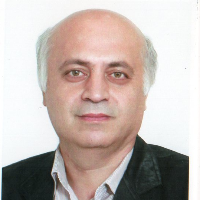A Comparison Between GA and PSO Algorithms in Training ANN to Predict the Refractive Index of Binary Liquid Solutions
Author(s):
Article Type:
Research/Original Article (دارای رتبه معتبر)
Abstract:
A total of 1099 data points consisting of alcohol-alcohol, alcohol-alkane, alkane-alkane, alcohol-amine and acid-acid binary solutions were collected from scientific literature to develop an appropriate artificial neural network (ANN) model. Temperature, molecular weight of the pure components, mole fraction of one component and the structural groups of the components were used as input parameters of the network while the refractive index was selected as its output. The ANN was optimized once by genetic algorithm (GA) and once again by particle swarm optimization algorithm (PSO) in order to predict the refractive index of binary solutions. The optimal topology of the ANN-GA consisted of 13 neurons in the hidden layer and the optimal topology of the ANN-PSO consisted of 16 neurons in the hidden layer. The results revealed that the ANN optimized by PSO had a better accuracy (MSE=0.003441 for test data) compared to the ANN optimized with GA (MSE=0.005117 for test data).
Keywords:
Language:
English
Published:
Journal of Chemical and Petroleum Engineering, Volume:52 Issue: 2, Dec 2018
Pages:
123 to 133
https://www.magiran.com/p1924500
سامانه نویسندگان
مقالات دیگری از این نویسنده (گان)
-
Thermodynamic Insights into Vanillin Partition in 1-Decyl-3-Methyl Imidazolium Chloride and Potassium Phosphate Salts Aqueous Two-Phase Systems at (298.15 to 313.15) K
Seyyed Mohammad Arzideh *, , Mohsen Pirdashti
Physical Chemistry Research, Spring 2025 -
Optimization and modeling of the stale bread drying with three different dryers
Samaneh Heirani, *, Sara Nanvakenari
Journal of Innovative Food Technologies,



